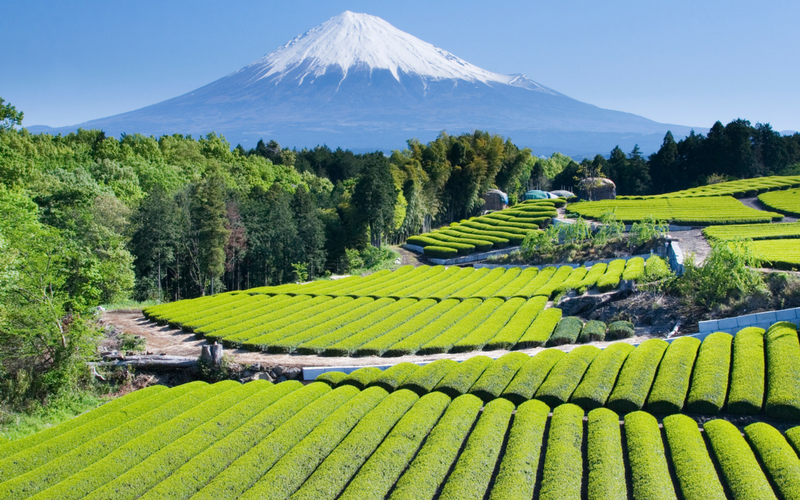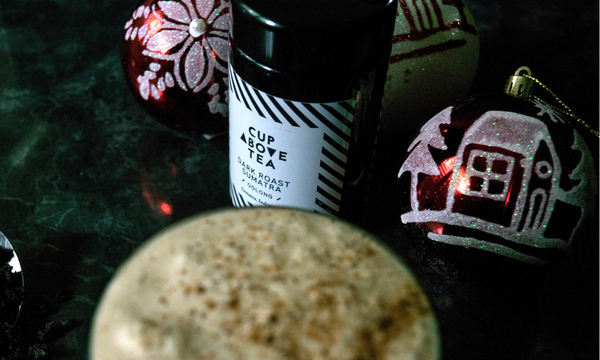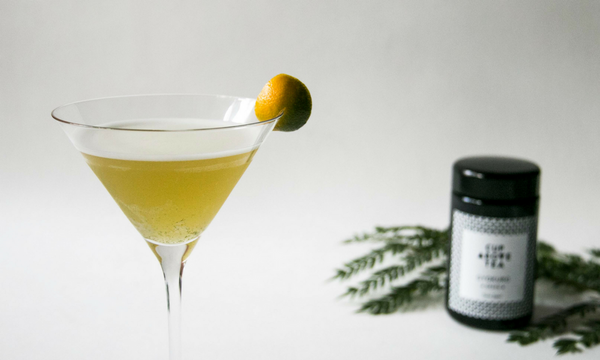How to go green when it comes to tea

A quick guide to selecting, preparing and drinking green tea.
What is green tea?
Green tea is the least oxidised of the six types of tea. It has a diverse flavour spectrum from fresh, grassy, savoury and vegetal through to creamy, nutty and sweet. It all just depends on where the tea leaves were grown and how the tea master processes them.

How should it taste?
There as so many different types of green tea from different parts of the world. While they are all processed to be green in style, the terroir, provenance and craftsmanship all result in different flavour profiles. For example Chinese green teas tend to be more vegetal and earthy than Japanese green teas with have more of a mineral, crisp seaweed edge. Higher connoisseur grade green teas tend to be less bitter with more pronounced sweetness and unmistakably delightful aromas. They have nuanced layers and a well-rounded structure giving the liquor good body and a lingering finish.

What are the health benefits?
Green tea is often touted as the wonder tonic that will cure cancer, help you lose weight and clear your skin. Green tea is packed with antioxidants, but so are many other types of tea. While the majority of the miraculous health claims are unsubstantiated, there are still plenty of great reasons to go green.

Which types should I try?
While black tea is most popular in the West, in the East, green reigns supreme, especially in China and Japan. A spring harvest green tea is sought after by connoisseurs for its freshness – something that’s important for this style of tea. Cup Above Tea has a selection of seasonally curated green teas from China, Japan and some new world greens from Nepal which offer a great introduction into the world of green tea.

How is green tea made?
While each craftsman has their own unique method of processing the leaves into green tea, there are three fundamental steps involved in producing any type of green tea.
1. Heating - freshly plucked leaves are heated to halt any oxidation. If the leaves are left out without to wither for too long they would start turning brown, similar to how a piece of apple reacts if left exposed to air. Different heating methods are used in different parts of the world. In Japan, green teas are steamed. While in China, most green teas a fired in a pan or wok. Whatever the method, the leaves are constantly stirred to ensure even heat treatment.
2. Rolling – the tea leaves are rolled and shaped. The rolling process triggers the breakdown of some of the cell walls which releases aroma and other characteristics that contribute to final flavour. The very best green teas are hand-rolled. Some green tea leaves are shaped to be long and twisted others are needle like, while others are more of a tight spiral or pellet shape.
3. Drying – The final drying stage is to ensure colour, flavour and aroma is locked in so the tea is ‘shelf stable’. Tea masters manipulate the method, time and temperature to enhance and alter the eventual flavour profile.

How to brew green tea for best results
Green tea can be unforgiving if you brew it incorrectly. Most people don’t realise that it’s very easy to burn delicate green tea leaves by pouring boiling water straight from the kettle onto your tea. Instead, aim to use water from about 70-80°C. If you don’t have a temperature control kettle, once your water has boiled simply leave the lid open for a few minutes until it starts to cool off. If your water is too hot it will trigger an undesirable release of tannins which will make your tea bitter. Often people say they don’t like green tea because it’s too bitter – if your tea tastes bitter it is because the leaves are burnt.
Bitterness can also creep in if you leave the leave to infuse and steep for too long. A few minutes at most will be more than enough for the majority of green teas. If you are enjoying your green tea from a pot, make sure you remove the leaves from the pot after an appropriate amount of infusion time – if you leave them in they will continue to steep.

Leave a comment
We would love to hear what you think. Leave us your thoughts on this article.
You Might Also Like...

Homemade Eggnog Infused with Oolong Tea
Oolong Tea Eggnog - the perfect festive tea-infused treat for the holiday season. It's quick, easy and screams Christmas!


